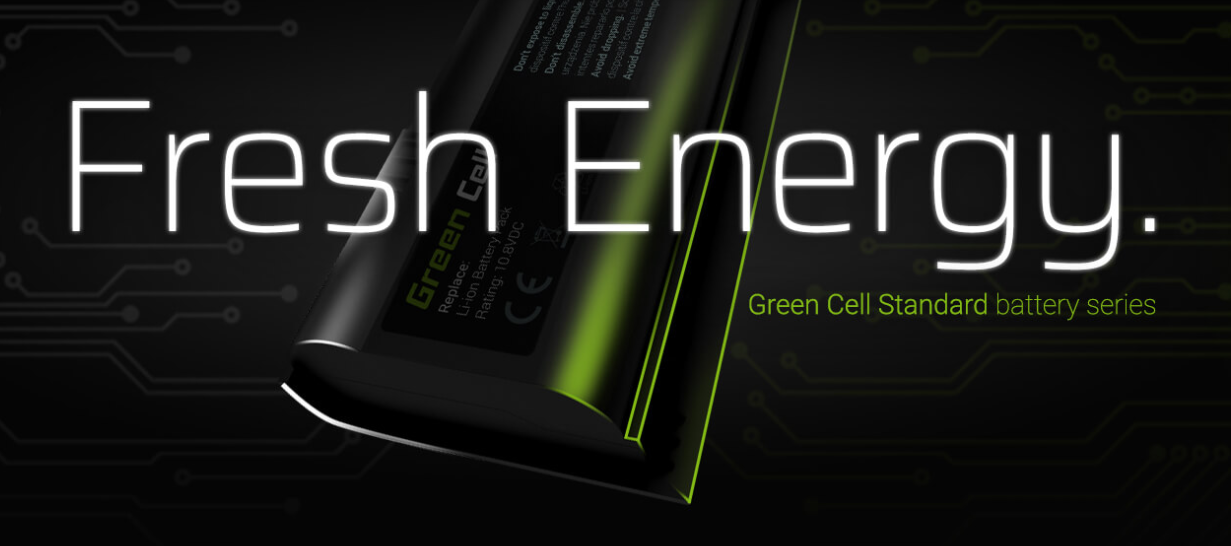
The first and the most important step to restore its original functionality is to choose the right battery. What to look for when choosing a battery for your laptop? On the contrary to the widespread opinion among users, to select the appropriate battery is not enough to know the brand or the model of the laptop. The most important parameters are its original designation, voltage, and capacity.
Where to find battery models and how do they look like?
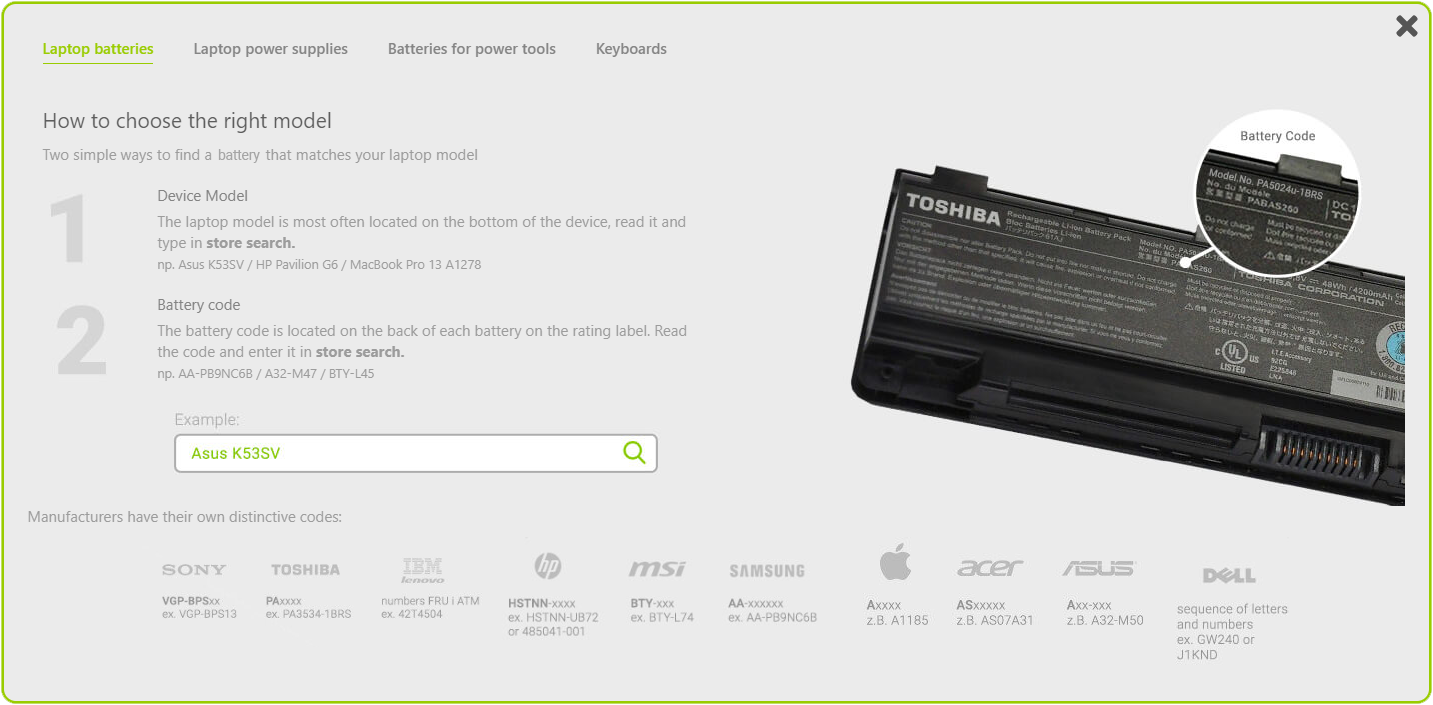
1. Battery part number and designation
The battery designation is always located on the battery itself. To identify it, remove the battery from the computer and check the label. Apart from such information as a country of the production and warning signs, there is a unique battery code. Depending on the manufacturer and the computer, the battery code consists of various letters and numbers configurations. The following are the most popular patterns:
|
LAPTOP BRAND |
BATTERY DESIGNATION TYPE |
EXAMPLE |
|
Apple |
AXXXX |
A1185 |
|
Acer |
ASXXXXX |
AS07A31 |
|
Asus |
AXX |
A32-M50 |
|
Dell |
depending on the computer generation |
GW240 |
|
Fujitsu-Siemens |
Battery Pack code |
3S4400-S1S3 |
|
HP/Compaq |
HSTNN-XXXX |
HSTNN-UB72 |
|
HP/Compaq |
9 numbers, the last three are preceded by a hyphen |
485041-001 |
|
Lenovo/IBM |
FRU and ATM numbers |
42T4504 |
|
MSI |
BTY-XXX |
BTY-L74 |
|
Samsung |
AA-XXXXXX |
AA-PB9NC6B |
|
Sony |
VGP-BPSXX |
VGP-BPS13 |
|
Toshiba |
PAXXXX |
PA3534-1BRS |
2. Battery voltage
Finding the battery code is still not enough to select the appropriate battery. The second parameter which we should pay attention to is voltage. Depending on the energy requirements, the battery voltage is 10.8V (or 11.1V - also compatible) and 14.4V (or 14.8V - compatible too).The voltage is closely related to the cells amount in the battery - usually, a battery with the voltage of 10.8V has 6 cells and a battery with 14.4V has 8 cells. Checking the voltage parameter is one of the most important things to do. Although the dominant value for laptop batteries is 10.8V, sometimes models with higher voltage appear.Furthermore, the matter is more complicated by the fact that one battery model (for example a popular battery AS07B31) can exist in two different voltage versions. The batteries cannot be used interchangeably - a battery with a lower voltage won’t work with a computer that requires a higher one. The voltage can be checked as easily as its designation - it is located on the label, often close to the battery model and its international sign is V (voltage).
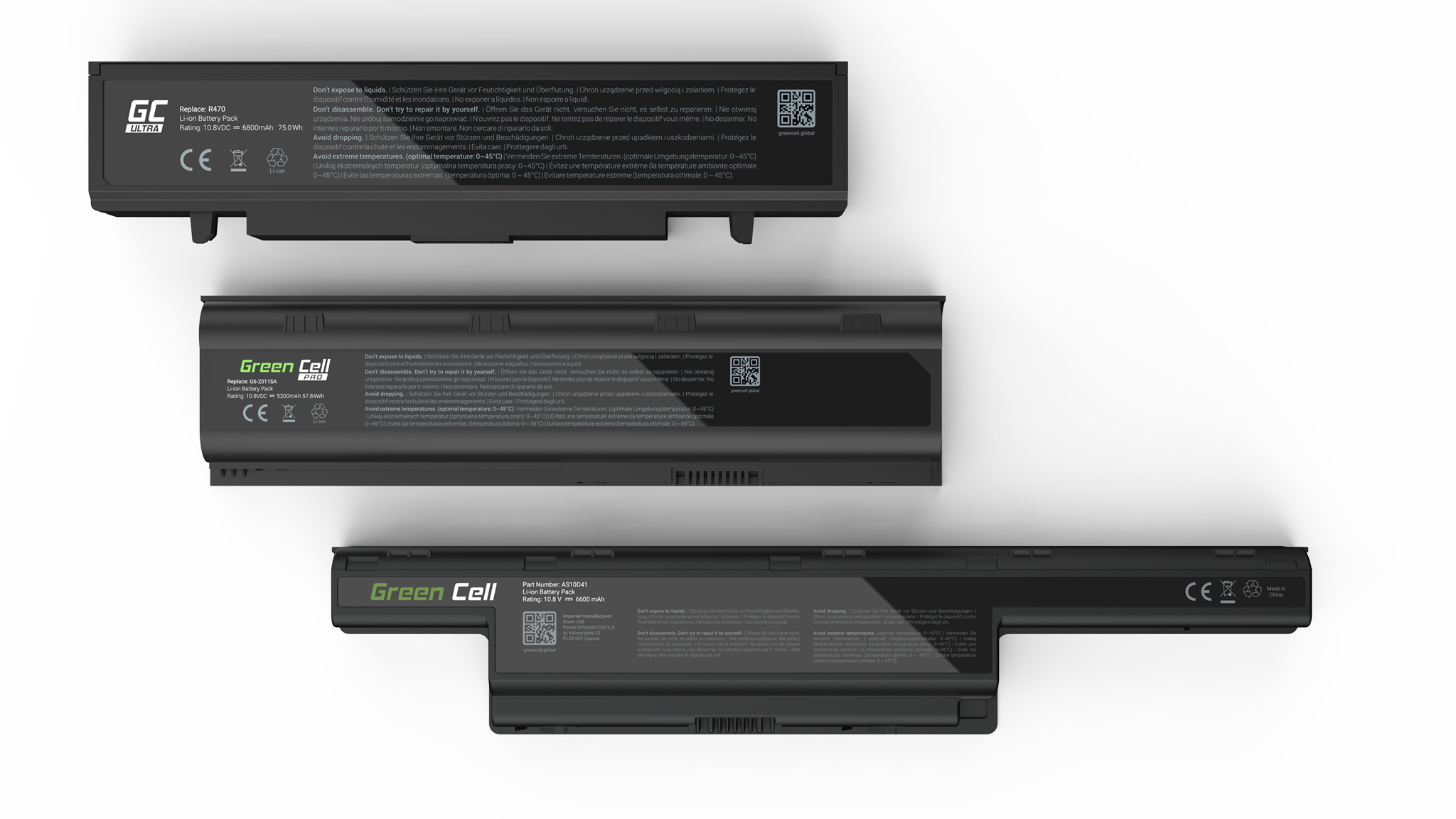
3. Battery capacity
The third important parameter is the capacity which is usually marked by mAh or Wh (milliampere-hours or watt-hours). Strictly speaking, the mAh is a proper measurement of the cells’ capacity. Moreover, 1Ah means that the device is able to continuously supply a current of 1A for an hour. On the contrary, the Wh value specifies how long the battery will be able to function on a single use (if we know the energy requirements in watts, for example, the requirement of 20 watts when the battery parameter is 48 Wh means that it will provide the power to the computer for about 2.5 hours). The rule is simple - the higher mAh/Wh, the longer operating time.
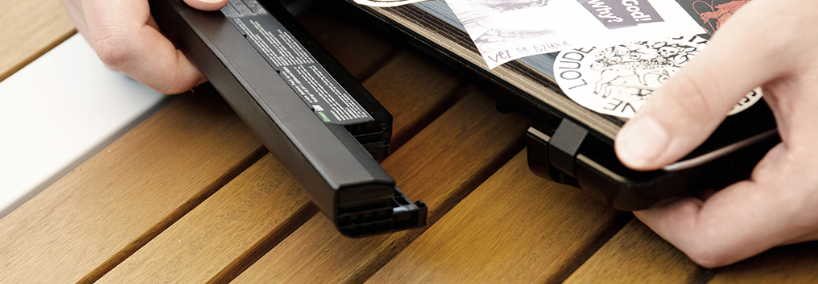
Batteries of higher capacity
The most common original battery capacity is 4400 mAh (48 Wh), usually based on 6 cells (at 10.8V). Not always such capacity allows you to obtain satisfying working time. Batteries with increased capacity, especially our PRO (Panasonic cells [LINK]) and ULTRA (Samsung cells [LINK]) series are designed for more demanding users. Increasing the capacity involves adding another set of cells to the existing ones and a proportional increase in capacity - for 9 cells the capacity will be 6600 mAh (at 10.8V), for 12 cells the capacity will increase to 8800 mAh (at 10.8V). The use of batteries with a higher capacity means even 2 times longer operating time (for 8800 mAh battery). It should be remembered that the increase in the number of cells in a battery usually involves a larger size of the battery. Such batteries usually have an extension in one of two directions: down (the battery then has a “foot”) or back (the battery will extend beyond the computer case). The first solution finds many supporters among portable computer users, as by lifting the computer about 2 cm upwards we obtain better air circulation underneath and therefore lower working temperature.
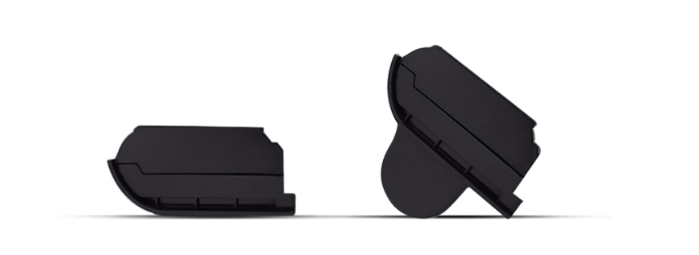
Summary
Applying above tips will help you to avoid the consequences of selecting a wrong battery, such as return shipping, exchanges, and related extra costs. If you still have doubts, we encourage you to contact our customer service offering help via chat, telephone, and e-mail.
